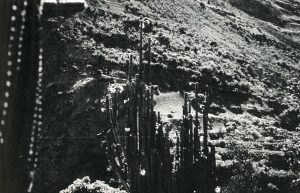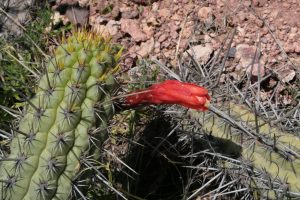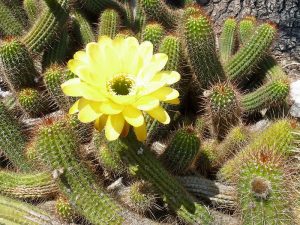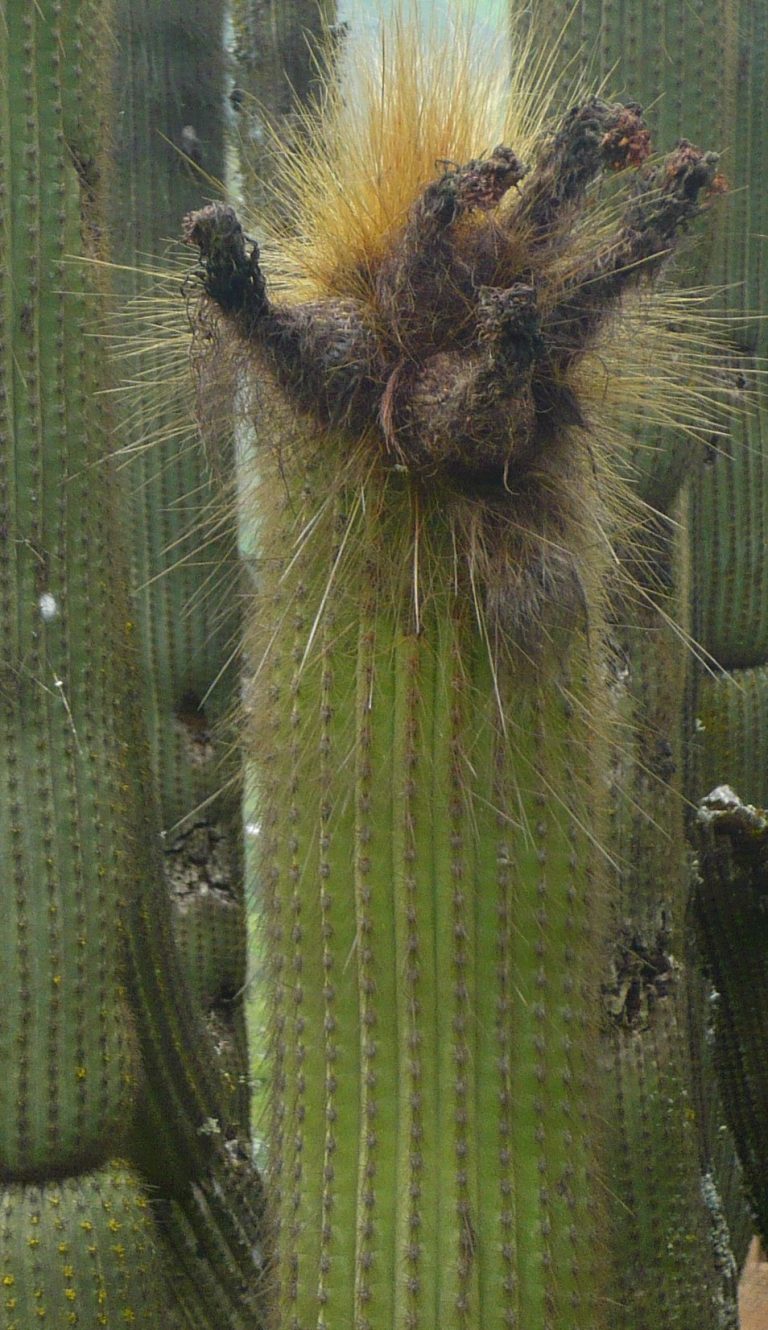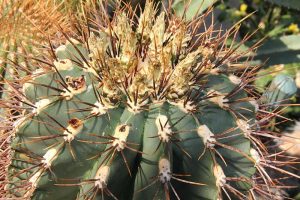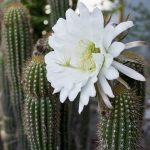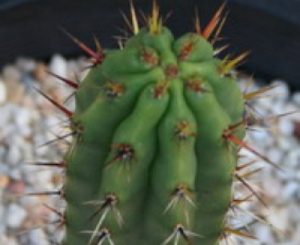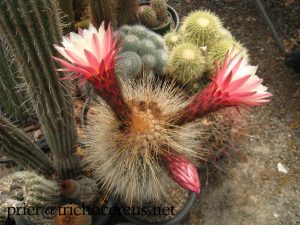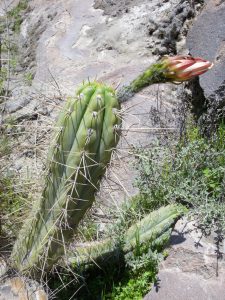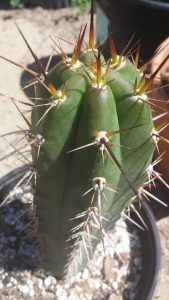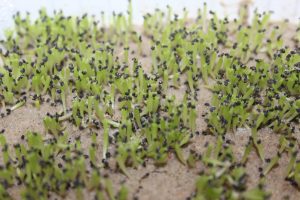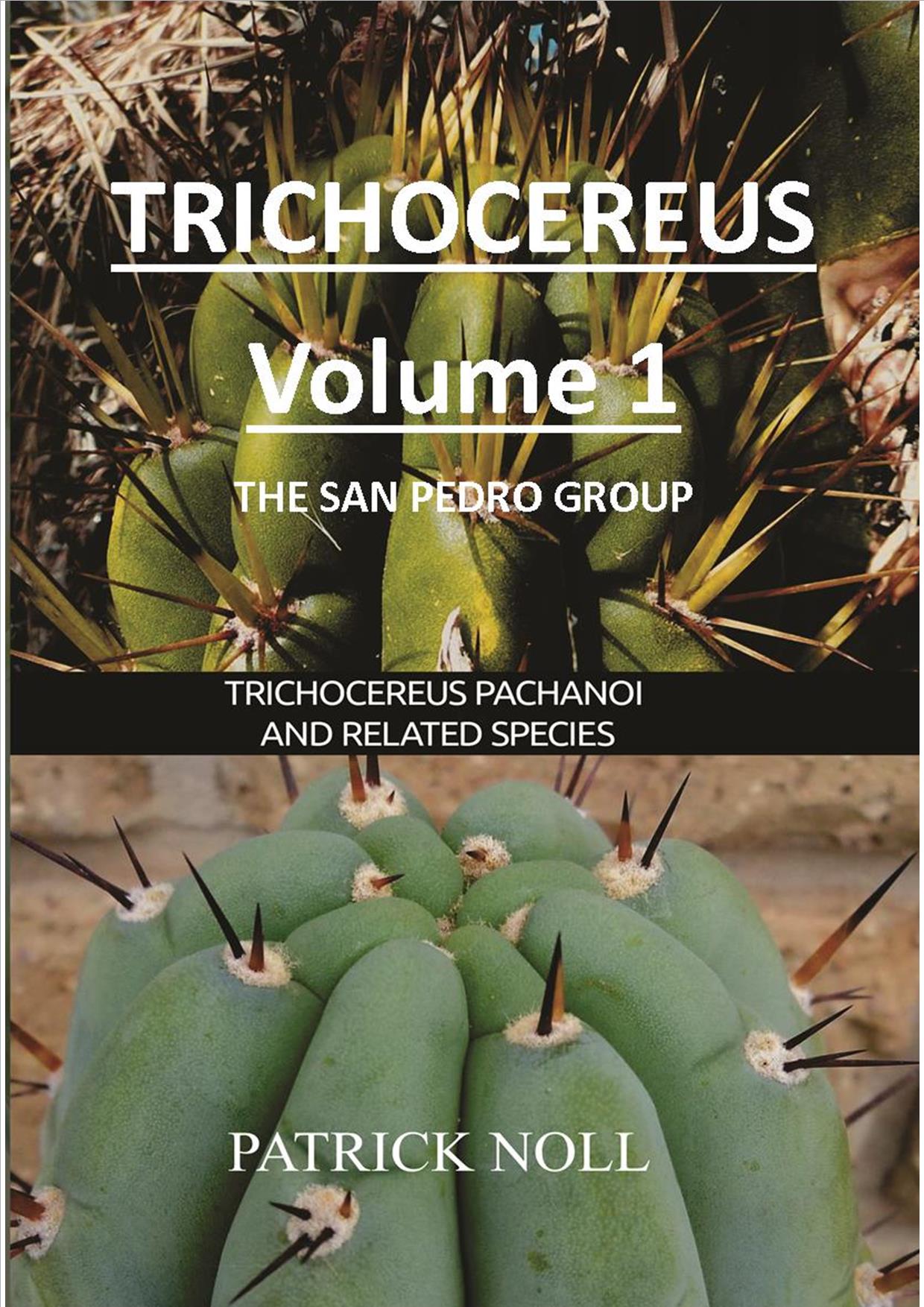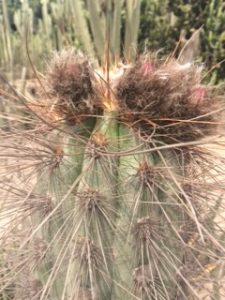Sharxx Blue (Trichocereus peruvianus)
The Peruvianus clone SHARXX BLUE is a shortspined Peruvianus clone that was named after the SAB Member Sharxx. It originated from the well known DAWSONS cactus collection and was brought and named by the SAB member PD.
It probably is some kind of Matucana Peruvianus, much like the ICARO DNA type, the Los Gentiles or the Matucana Peruvianus that I have in stock here.
The plants are extremely blue and glaucous. Overall, this type of Trichocereus is one of my all-time favorite plants and it´s a very popular clone among Trichocereus breeders.
There definitely are plants that are similar and which are not genetically identical. Like I said before, there is a large number of various collection sites in Matucana and most of them are similar to the SHARXX BLUE.
This clone is sometimes available from Australian growers that gift or trade away cuttings every now and then. If you are interested in a SHARXX BLUE cutting, you might try to make a posting at the SAB forum. There also are growers that use it to produce Trichocereus hybrids. This year was the first year that Misplant offered some crosses that involved the SHARXX BLUE clone. It is also available from Trichocereus.com.au, who donated the pics below. 31
Photos: Trichocereus.com.au
Sharxx Blue (Trichocereus peruvianus)

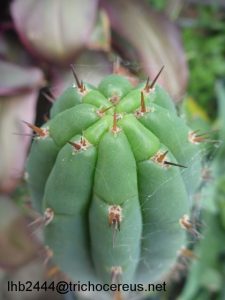

 Photos: Zed240
Photos: Zed240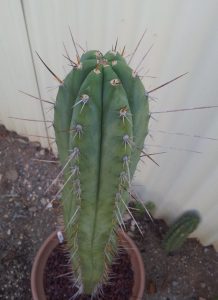
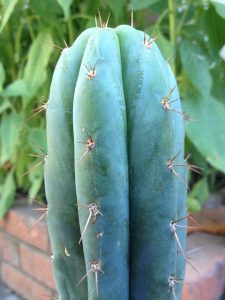 Photo: Cactusaffinity.com
Photo: Cactusaffinity.com